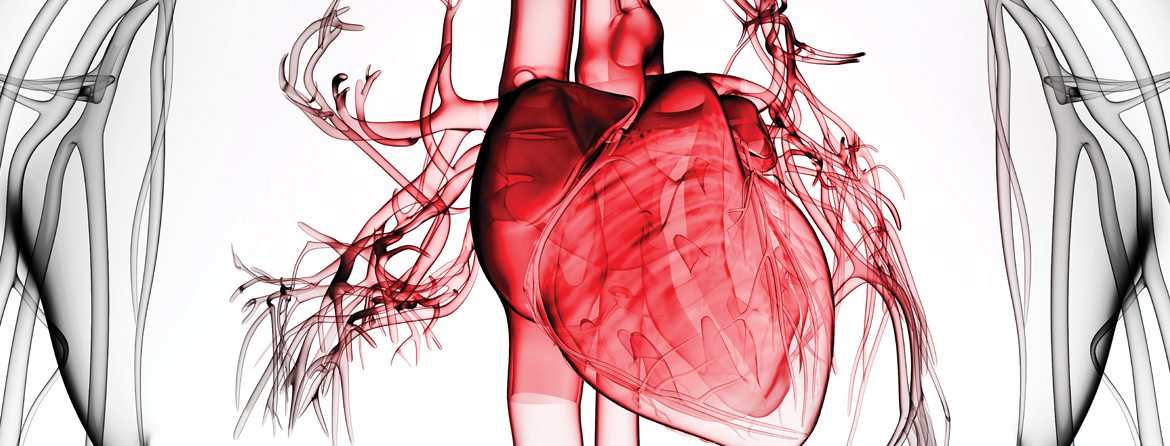Scientists Grow First Adult-like Cardiac Tissue from Patient-Specific SC
Cardiac tissues generated from human induced pluripotent stem cells (iPSCs) can serve as platforms for patient-specific studies of physiology and disease. But then, the predictive power of these models is presently limited by the immature state of the cells.
Now however, Columbia University researchers have developed a radically new approach to growing in the lab adult-like human heart muscle from blood-derived human induced pluripotent stem cells (iPSCs), over only four weeks of bioreactor cultivation.
“Many of the ongoing efforts—including those from our lab—have been biomimetic in nature, trying to recapitulate the known events present during native development,” says the study’s senior author Gordana Vunjak-Novakovic, University Professor, The Mikati Foundation Professor at Columbia Engineering, and professor of medicine at Columbia University Vagelos College of Physicians and Surgeons. “Because these efforts have been limited in how much maturation can be achieved, we decided to try something totally new: to explore the concept of accelerated development. It took a lot of creative thinking and clever engineering by the whole team across both campuses of Columbia University to develop the model we now have, a highly matured, patient-specific heart muscle that can be used for studies of heart development, physiology, disease, and responses to drugs.”
Stem cells are an especially awesome type of undifferentiated cells that are able to change into specialized cells. The team got their hands on some by simply taking a blood sample. From this, they derived early-stage cardiac muscle cells, also known as cardiomyocytes and then cultured them using their new revolutionary method. This approach allowed the researchers to nurture the cells to maturity in just four weeks, compared to the usual nine months.

The results showed that intensity-trained tissues grown from early-stage hiPS-CMs matured quickly to display “remarkably organized ultrastructure,” and structural features characteristic of adult heart tissue, the team states. Such features included the physiological length of the sarcomeres, density of mitochondria, the presence of transverse tubules, and the switch to oxidative metabolism. “The increasing contractile demands induced the adult-like cardiac morphology that is necessary for high force generation in early-stage intensity-trained tissues,” the team writes. “The cell size increased (an indicator of physiological hypertrophy) and both cells and nuclei were elongated (an indicator of maturation). The sarcomere length reached 2.2 μm, a similar value to that of adult human ventricular myocytes.”
The team is now extending their study into broader aspects of disease modeling to get a better understanding of the mechanistic basis of cardiac disease and cardiotoxicity induced by drugs used to treat other organ systems. Their work could facilitate discovery of new therapeutic targets and lead to new cardioprotective or curative treatment modalities. This ongoing research is part of the “organs on a chip” project funded by the National Institutes of Health, which uses multi-tissue platforms that include the adult heart muscle referenced in this paper as well as bone, liver, vasculature, skin, and solid tumors.
“The resulting engineered tissue is truly unprecedented in its similarity to functioning human tissue,” said Seila Selimovic, director of the NIBIB (National Institute of Biomedical Imaging and Bioengineering) Tissue Chips program, within the National Institutes of Health that funded this research. “The ability to develop mature cardiac tissue in such a short time is an important step in moving us closer to having reliable human tissue models for drug testing.” The better the engineered tissues emulate the human heart, the better they can predict the effects that drugs or environmental factors have on the actual heart tissue of a patient. Having a reliable human tissue model would help make drug development significantly faster, safer, and cheaper.”






























